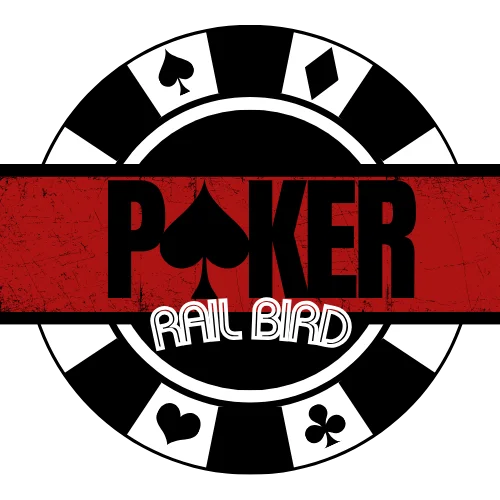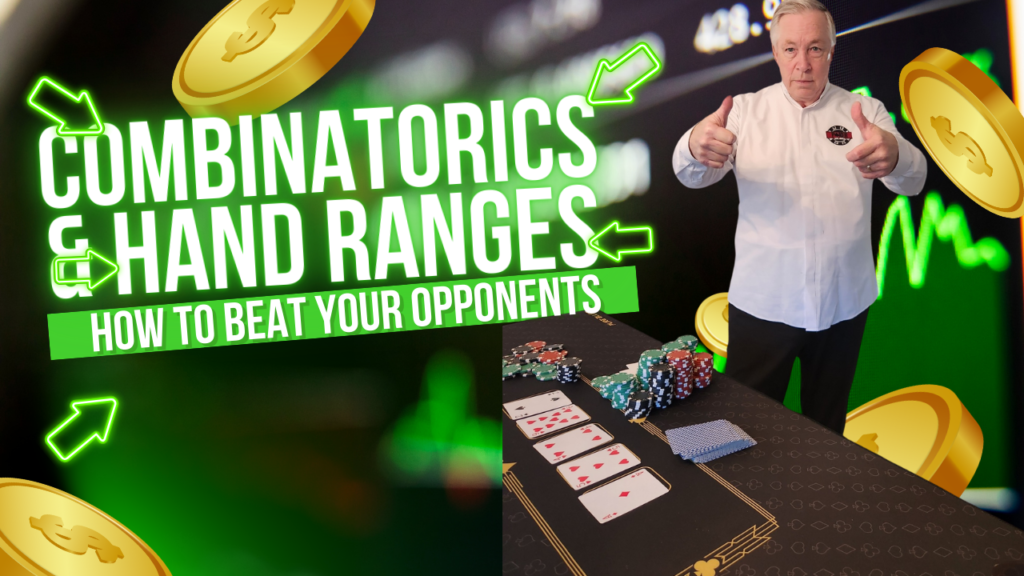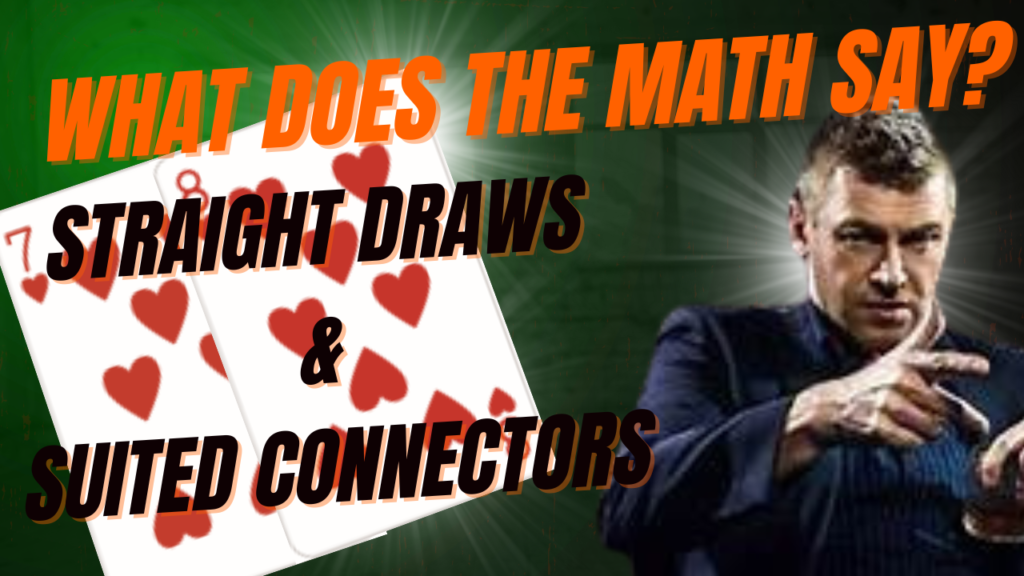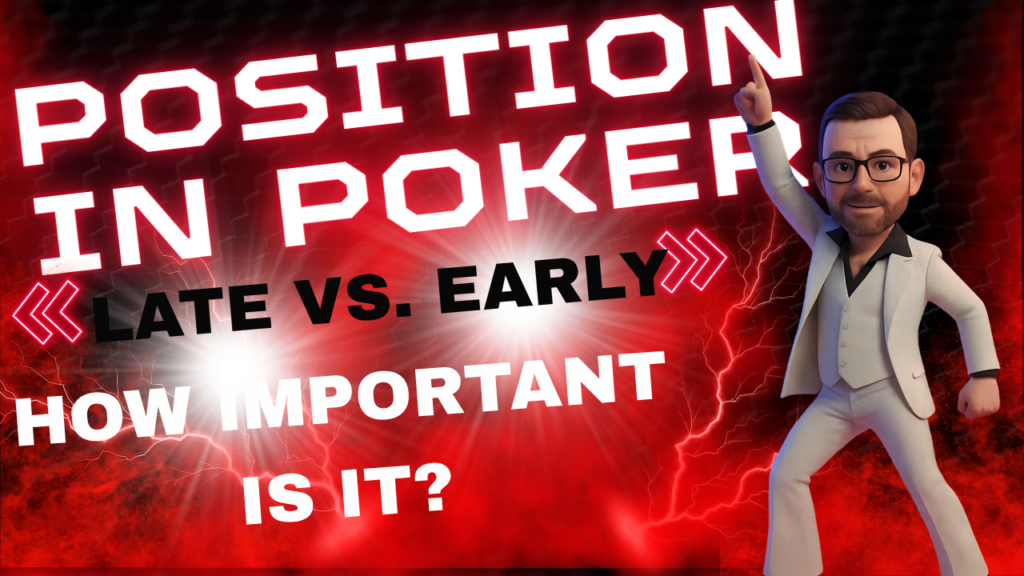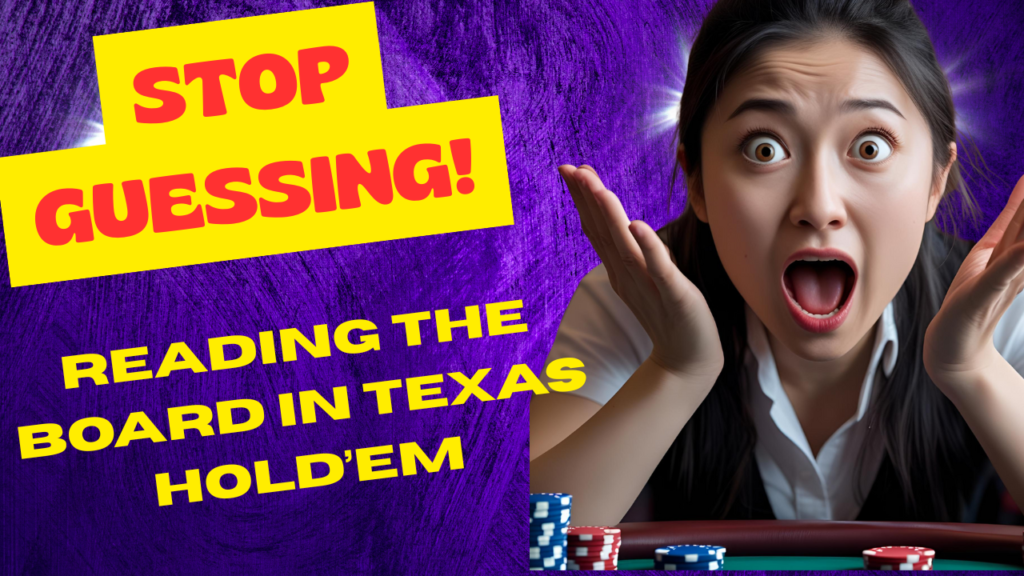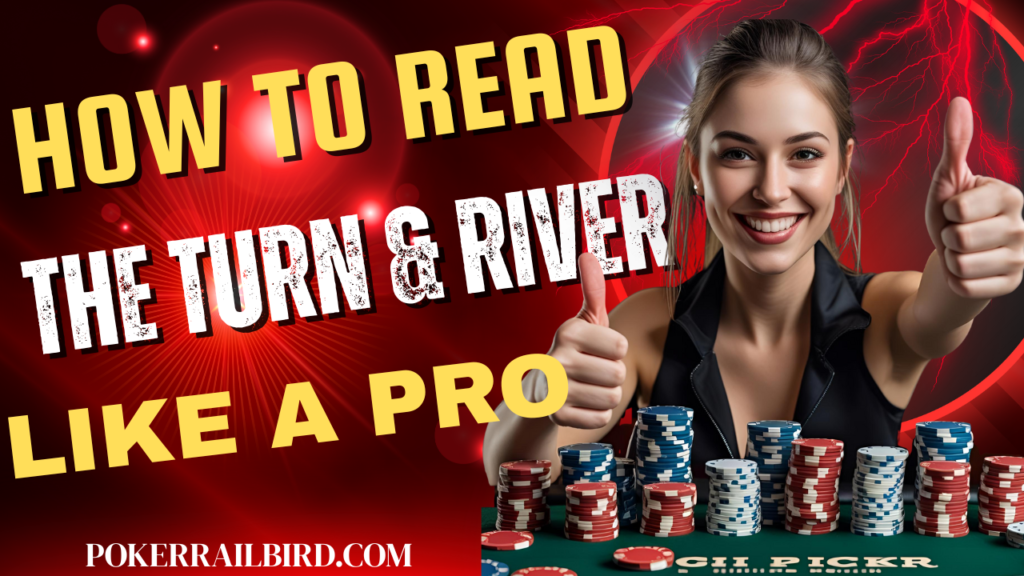READING THE BOARD IN POKER
MASTERING TEXTURE, THREATS, AND STRATEGIC CLARITY
Reading the board in poker is one of the most important — and most overlooked — skills in the game. While many players obsess over their own two cards, the real story of a hand unfolds on the board itself. Board texture — whether it’s wet or dry, coordinated or disconnected — tells you what hands are possible, how likely they are, and whether your opponent’s line makes sense.
Failing to read the board correctly leads to costly mistakes: chasing weak draws, missing danger signs, or bluffing into monsters. But when you learn how to assess flop texture, recognize drawing threats, and anticipate turn and river runouts, your game transforms. You stop playing your hand — and start playing the situation.
In this article, we’ll break down everything you need to know about board texture, including examples of dry and wet boards, how to adjust your play based on player tendencies and betting patterns, and how to use the board to sharpen your hand reading skills. Whether you’re a beginner or an advanced cash game grinder, understanding the board is essential if you want to level up your post-flop strategy.

DEFINING BOARD TEXTURE
Board texture refers to the overall composition and connectivity of the community cards on the flop, turn, and river. It’s what the board communicates about potential hands — the level of danger, draw possibilities, and how well the cards connect to each other. Every board tells a story — and if you’re not paying attention, you’ll miss the plot.
By the time the flop is dealt, you’ve already seen five out of the seven cards you’ll have access to in the hand — your two hole cards and the three community cards. That’s 71.4% of the total cards you’ll ever see. This is why many experienced players say “the flop defines your hand.” You only have two more cards to come — just 28.6% of the full picture — so the flop is when serious hand reading begins.
This is also when you can begin to narrow your opponent’s range — based on their pre-flop behavior, how the flop interacts with that likely range, and how they respond to the flop action. (We’ll explore this range narrowing process more in later sections.)
The texture of the board determines:
- 🟧 What types of hands are now possible (made hands, draws, traps)
- 🟧 How likely your opponent is to continue betting or calling
- 🟧 Whether your hand strength is still good — or suddenly vulnerable
- 🟧 How much fold equity you have if you bet or raise
Let’s look at a quick contrast:
DRY BOARD "EXAMPLE"
WET BOARD "EXAMPLE"
Flop: K♣ 7♦ 2♠
This board is considered dry because the cards are disconnected, there are no flush draws, and few straight draws. It’s unlikely someone hit the flop hard unless they have a King or a set.
Flop: 9♥ 8♥ 7♠
This board is very coordinated. There are multiple straight and flush draw possibilities, two-pair combos, and even made straights. This is a “dangerous” board that hits a wide range of speculative hands.
If you’re ignoring the texture of the board and betting the same way regardless — you’re playing blind. It’s not just about your cards anymore. The board defines the battle.
THE FOUR MAIN BOARD TEXTURES

Not all flops are created equal. Some are harmless deserts — others are treacherous swamps. To read the board properly, you need to recognize four primary board textures: dry, wet, dynamic, and static. These labels help you interpret the danger level, potential draws, and how the board interacts with both your range and your opponent’s.
Let’s break each one down:
DRY BOARDS
WET BOARDS
Dry boards are disconnected, uncoordinated, and low in drawing potential. They rarely hit speculative hands and tend to favor pre-flop raisers.
✅ Key Features:
- No flush draws
- No straight draws
- Wide card gaps
- One high card, two rags (often)
📌 Example: K♣ 6♦ 2♠
There’s no flush draw and no straight draw. If you raised preflop with AK or KQ, this is a strong board for continuation betting.
🧠 Strategic Insight:
Dry boards are great for aggression. If your opponent didn’t hit top pair or better, they likely missed completely. These boards give you high fold equity.
Wet boards are highly connected and loaded with draw possibilities. They’re dangerous, and they hit a lot of speculative ranges — especially suited connectors, one-gappers, and small pairs.
✅ Key Features:
- Straight and flush draws possible
- Paired cards often included
- High potential for two-pair, sets, and combo draws
📌 Example: J♥ T♥ 9♠
This board connects with so many hands — Q8, 87, KQ, T9, and suited hearts. It’s a minefield of possibilities.
🧠 Strategic Insight:
On wet boards, play more cautiously unless you have a very strong hand. Don’t bluff without serious equity — and expect to get called more often.
DYNAMIC BOARDS
STATIC BOARDS
Dynamic boards are volatile — meaning the hand strength can shift dramatically as the turn and river come out. A strong hand on the flop might not be strong anymore once more cards are added.
✅ Key Features:
- Heavy with potential to change
- Draws that will complete often
- High volatility in equity
📌 Example: Q♦ J♠ 8♠
You might have top pair now, but it’s vulnerable. The turn could bring a flush, a straight, or even a second pair that cracks your hand.
🧠 Strategic Insight:
On dynamic boards, protection bets become more important. You may want to charge draws while you’re ahead — or consider controlling the pot size to avoid getting trapped.
Static boards don’t change much. If you’re ahead on the flop, you’re likely still ahead on the river. There are few draws and minimal equity shifts as the hand progresses.
✅ Key Features:
- No major draws
- Made hands retain their strength
- Safe runouts are common
📌 Example: A♠ 8♦ 3♣
If you flopped top pair or a set, there’s little to fear. No flush draws, no straight draws — just clean, dry air.
🧠 Strategic Insight:
On static boards, you can pot-control with confidence. You don’t need to overbet for protection — just extract value efficiently.
Recognizing these textures in real time helps you adapt. It tells you whether your top pair is gold — or a trap waiting to spring. It tells you whether a bet has fold equity — or whether you’re just feeding the calling station.
Board reading starts here — but it doesn’t end here.
CLARIFYING THE DIFFERENCE: DRY VS. STATIC
Although the terms “dry” and “static” are often used interchangeably at the table, they don’t mean the same thing — and understanding the distinction is crucial to reading the board correctly.
- A dry board refers to a flop that lacks immediate draw possibilities — no straight draws, no flush draws, no connected cards.
- A static board refers to a board texture that is unlikely to change much on future streets. Even after the turn and river, the hand strength of players is unlikely to shift dramatically.

Some boards are both dry and static — like A♣ 7♦ 2♠ — while others are dry but not static, such as K♦ 6♣ 3♠, where a Queen or Jack on the turn could suddenly open up straight possibilities. Likewise, a wet board like T♠ J♠ Q♦ might be dynamic, but not necessarily dry — in fact, it’s full of draws already forming.
Key takeaway:
- Dry = no threats now.
- Static = few threats to come.
Recognizing the difference helps you better evaluate your hand strength and plan your betting strategy accordingly.
READING THE STORY THE BOARD IS TELLING
Every board tells a story — not just about your hand, but about the hand your opponent could have. Reading the board correctly isn’t just about what’s there, it’s about what that texture suggests, who it favors, and how the action aligns with it.
Let’s break that down:
WHAT STORY DOES THE BOARD SUGGEST?
DOES THE ACTION MAKE SENSE?
- A board of K♠ Q♣ 5♦ suggests top pair or two-pair potential — but also implies that strong Broadway cards are in play.
- A flop of 8♠ 7♠ 6♦ tells a very different story — one full of straight and flush draws, favoring speculative hands like suited connectors or small pairs.
Each board texture points toward a narrative of range. Who would have likely connected with this board based on preflop action? You must always ask: Who does this board favor? Me — or my opponent?
Reading the board means tying it to behavior. Does the player’s action align with the story the board tells?
- Did they raise preflop, then check a dangerous, coordinated board? That might suggest missed overcards.
- Did they call a raise on a wet board and then donk bet the turn when a flush hits? That could suggest a semi-bluff turned into strength — or a bluff trying to look like it did.
If their betting pattern doesn’t make sense in context of the board, that’s often where leaks and bluffs are found.
WHAT HANDS MAKE SENSE HERE?
You should constantly build and refine a list of plausible hands your opponent could have, based on:
- Preflop action
- Board texture
- Position
- Timing of their bets
For example:
- On a board like A♦ 9♥ 2♣, you should be more suspicious of a sudden raise if the preflop action was passive. Did they really slow-play an ace — or are they repping a hand they don’t have?
On the other hand:
- A flop of T♠ 9♠ 8♦ fits perfectly with suited connectors like 7♠ 6♠ or J♠ Q♠ — especially if your opponent flatted preflop from the button or cutoff. That’s a believable story.
THE BOARD AND THE NARRATIVE MUST MATCH
This is the real art of board reading. You’re not just evaluating the cards — you’re evaluating whether the story and behavior fit together.
- A dry board with an aggressive shove? Could be strength — or desperation.
- A check-call on a wet board that completes on the turn? Could be a draw chasing that just got there — or a bluff that’s slowed down.
When the board and behavior don’t align, it often signals one of three things:
- A bluff,
- A trap,
- Or a confused player who’s just button-mashing chips.

CONTEXT MATTERS: HOW PLAYER TENDENCIES SHAPE BOARD DANGER
Understanding board texture isn’t just about recognizing flush and straight possibilities. It’s about context. Because any board can be dangerous — depending on who you’re playing.
Take a flop like 9♦ 4♣ 3♥. It might look harmless in a tight/passive game. But in a loose/aggressive one? That board could easily smash someone holding 9-4 suited, or worse — a set of threes from a player who limped in preflop with 3♠ 3♦.
This is why reading the board in isolation isn’t enough. You also have to read the players.
Ask yourself:
- Is this the kind of opponent who plays junk hands and gets sticky post-flop?
- Are they aggressive with draws — or only when they hit?
- Would they slow-play a set — or protect it fast?
Board danger is contextual. What’s safe in one game may be a trap in another. And the more you understand your opponents’ tendencies, the better you’ll be at interpreting the real meaning behind each flop, turn, and river.
.
HOW BOARD TEXTURE SHAPES HAND RANGES

Once the flop is dealt, you’ve seen 71.4% of the total cards you’ll have access to in the hand — your two hole cards and the three board cards. That means your decisions from this point forward are shaped far more by the board and your opponents’ ranges than by your own hand alone. And nothing helps decode those ranges faster than a proper read of board texture.
This section breaks down how different board types help you narrow down — or expand — the likely hands your opponents are holding, based on both pre-flop action and post-flop behavior.
WET BOARDS: DRAWING POSSIBILITIES GALORE
On a wet board, there are multiple draws possible — straight draws, flush draws, or combo draws.
Example: 9♠–8♠–6♦
On a board like this:
- You must consider hands like 7♠–T♠ (open-ended + flush draw), 5♠–7♠, or suited connectors like 7♣–8♣ that may have made a pair and a straight draw.
- Top pair is rarely safe. Even two pair is vulnerable.
- Ranges are wide — players could have anything from air to monster combo draws.
- Semi-bluffing is common here, and so is pot-building with equity-heavy hands.
💡 Key point: Don’t assume a raise or a bet represents strength. On wet boards, many players bet their equity, not their made hands.
DRY BOARDS: PLOARIZED & NARROWED RANGES
STATIC BOARDS: LOCKED IN
Dry boards offer very few draws — often one high card with disconnected rags.
Example: K♣–7♦–2♠
On this type of board:
- It’s hard to represent a strong range unless someone raised pre-flop.
- Players either have it or they don’t — there’s very little “in-between.”
- You can often eliminate hands like suited connectors, small pairs, and drawing hands unless your opponent is extremely loose.
This is where bluffing becomes more viable — especially in position — because it’s harder for opponents to have strong hands, and easy for you to credibly represent one.
💡 Key point: Dry boards tend to narrow ranges, but amplify the value of position and aggression.
Static boards are those unlikely to change the relative hand strength on future streets. They’re often dry boards with low coordination.
Example: Q♠–Q♦–2♣
On a static board:
- If your hand is best on the flop, it likely stays that way.
- Very few turn or river cards will alter the strength of the hand.
- You can confidently assign tight ranges to villains, especially if the pre-flop action was passive.
💡 Key point: Static boards make range narrowing simple — the danger doesn’t increase, so aggression becomes more binary: value vs. bluff.
DYNAMIC BOARDS: RANGES SHIFT RAPIDLY
Dynamic boards change everything by the turn or river. A safe flop can become dangerous quickly.
Example: J♣–9♠–4♦ → Turn: T♥
Now that straight possibilities (Q–K, 8–Q) are alive:
- Your opponent’s range shifts dramatically.
- Hands that were second-best may now be best — and vice versa.
- Players holding backdoor equity may now fire aggressively.
On dynamic boards, ranges expand with each new card, making hand reading more fluid. A player might slow-play the flop, then shift gears on the turn when the board favors their perceived range.
💡 Key point: Dynamic boards demand constant reevaluation of ranges — what was safe may now be vulnerable.
Reading the board doesn’t just mean spotting danger. It means understanding how the texture of the board shapes what hands your opponent could have — and what hands they want you to think they have.
When combined with your read of pre-flop action, bet sizing, player tendencies, and position, the board becomes a roadmap — showing you where their range likely begins, where it ends, and where you can strike.
TEXTURE SHIFT ON THE TURN & RIVER
Reading the board doesn’t stop after the flop. In fact, some of the most pivotal strategic decisions come as the board texture shifts — especially on the turn.
When new cards drop, they change:
- The potential hand combinations
- Your fold equity
- Your opponent’s perceived range
- And sometimes, the entire story the board is telling
Let’s break it down street by street.
THE TURN: THE STREET OF TRUTH
The turn is often referred to as “the commitment street.” It’s the point where the pot size grows, ranges tighten, and your decision to continue often hinges on pot odds, equity, and the risk of being dominated.
Texture changes to watch:
- A second suited card hits, setting up a flush draw
- A connector hits, forming or threatening a straight
- A pair appears, creating full house potential or counterfeiting two-pair
- A high card arrives, affecting kicker strength or top pair hierarchy
💡 Key point: On the turn, players tend to get honest. If someone continues aggression, they usually have equity or a real hand. If they check, it may signal weakness or pot control. Pay close attention.
THE RIVER: NO MORE CARDS, ONLY DECISIONS
By the river, the board is complete. Every possible draw has hit or missed. This is the point of final decisions — where bluffing, value betting, and thin calls separate winners from the rest.
Key river texture factors:
- Did the flush or straight come in?
- Is the board paired, raising full house risk?
- Did a scare card arrive that changes perceived ranges?
- Has the board run out in a way that benefits a loose pre-flop caller more than the aggressor?
On the river, the best players synthesize:
- Pre-flop action
- Flop texture and behavior
- Turn developments
- And the final board
To make a call, fold, or raise based on the full narrative, not just one card at a time.
FINAL THOUGHTS: TRAIN YOUR BOARD VISION
Reading the board isn’t a talent — it’s a trained skill. It’s not about having a “feel” for danger or a “sense” of strength. It’s about pattern recognition, structural awareness, and mental discipline. Every board tells a story. Your job is to read it — not rewrite it.
Too many players play their hand. The best players play the game.
And the game is often defined by the five cards on the table — not the two in your hand.
From dry, static boards to wet and dynamic ones… from one-liner straights to disguised backdoor draws… the board texture determines:
- what hands are likely,
- what hands are beatable,
- and what mistakes will cost you the most.
Train your eyes. Sharpen your judgment. Look for patterns. Don’t just “watch the flop” — interpret it.
Because poker isn’t just a game of cards.
It’s a game of clues.
And the board is your first — and best — clue to the truth.
